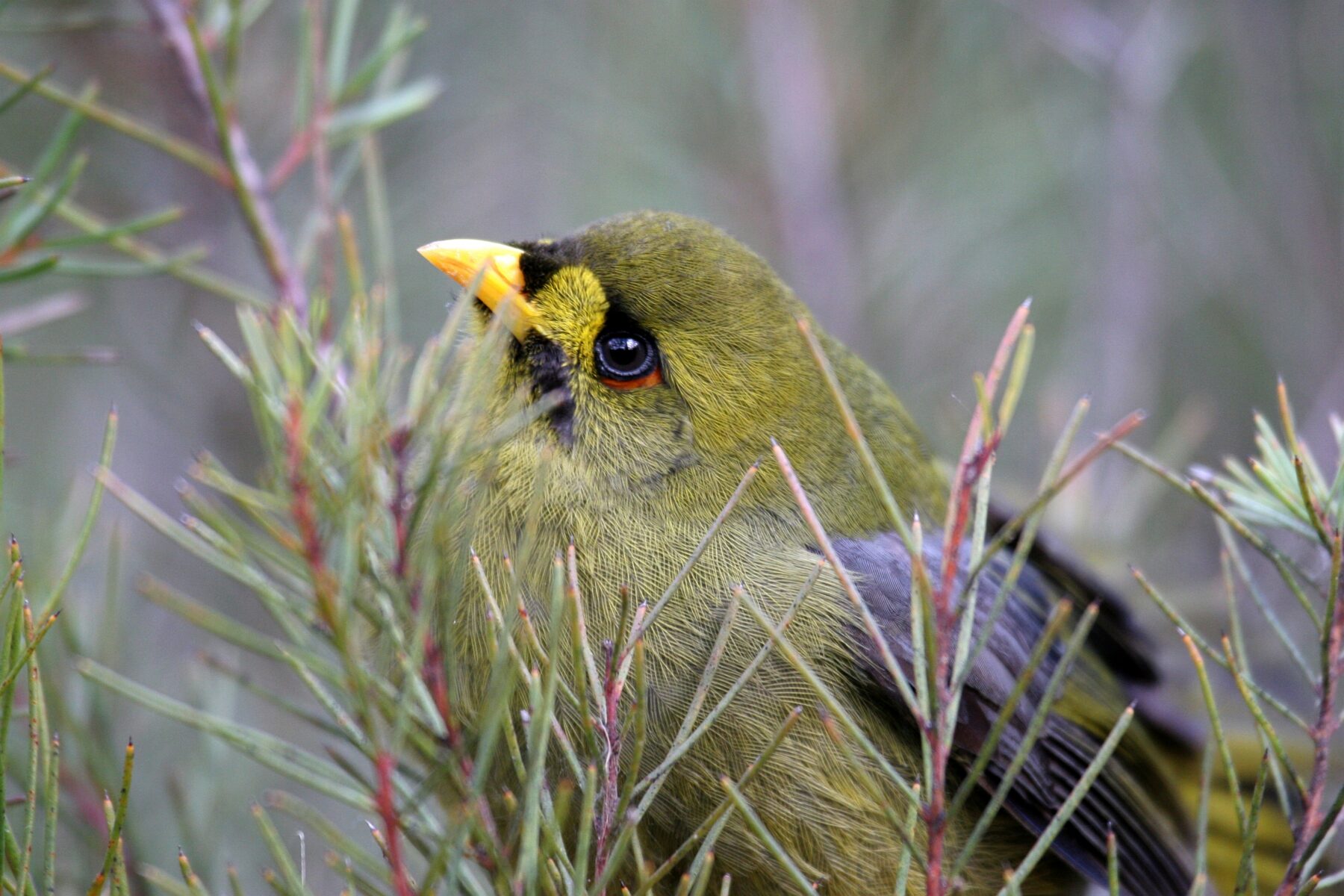The birds we love to hate

We have a complex relationship with wildlife. There are the many species we are encouraged to hate – most typically invasive ones such as cane toads, rabbits and foxes.
There are also some native species, particularly birds, that have a less-than-stellar public reputation too. Often they are the ones that drive out other native species by behaving aggressively and dominating an area almost like a gang, attacking other birds until they get sick of it and move away.
If any other species enters their habitat and they see it as a threat, these birds defend their territory by chasing, pecking, swooping and annoying the individual until they give up the fight and flee. Some large species also steal our food and damage livelihoods, are aggressive towards people who pass through their territory, or just annoy us by making huge amounts of noise.
Naughty and nice
Prevailing views of which bird species are “nice” or “nasty” can actually influence landscapes, because residents with gardens can basically be thought of as being like very small-scale wildlife managers.
In the United States, a recent study of more than 900 Chicago residents found that backyards were more likely to contain bird-attracting factors such as fruit trees or complex vegetation, compared with front yards that were more typically influenced by the need to impress the neighbours.
But if people evidently enjoy having birds in their backyards, it seems they are happier with some species than others. A UK study that documented the “likeability” of various bird species found that songbirds were preferred over non-singing ones, and that people tended to enjoy seeing a variety of species in their gardens, rather than one dominant one.
A miner problem
Let’s look at two prime examples native to Australia: the noisy miner and the bell miner. Both of these birds are particularly pugnacious honeyeaters that noisily defend their “patch” of trees and chase away other birds.
Because of their respective vegetation preferences, the noisy miner has increased in number in urban areas such as parks, golf courses and backyards, whereas the Bell Miner has flourished in disturbed forest areas where the understorey is thick and lush.

Both species aggressively defend their territories from smaller insectivorous birds, which reduces species diversity. And both are associated with the plant sickness known as dieback (particularly bell miners, which have their own version named after them, called Bell Miner Associated Dieback).
You might think it’s little wonder that these birds are hated by many members of the general public, who would rather have them removed than living in their backyards and nearby national parks.
But is it really the birds’ fault or are we causing all the problems?
The short answer to the first question is no. Both species are Australian natives that live naturally in forested ecosystems, where they do not “take over” habitats. In undisturbed wild areas they exist in balance with vegetation and other bird species.
But the human disturbance of forests through urbanisation, fragmentation, vegetation degradation and the spread of weeds has allowed both species to increase significantly in number, helping to “tip the scales” in their favour.
The bell miner and the noisy miner are becoming “winners” in this case, while specialist species like the regent honeyeater, which relies on nectar-producing eucalypts, are becoming “losers”.
Within the fragmented habitats, trees have also become stressed, which reduces flowering of eucalypts. In the case of the noisy miner, its diet typically comprises 25 per cent nectar and 75 per cent insects, so the loss of nectar can be compensated by other food resources. It is also thrives in areas of open understorey, where it can easily dominate over other avian species.
Smaller birds in these areas may be more open to predation or weather and therefore flee the area. What’s more, Noisy Miners also benefit from smaller remnants and a reduction in canopy tree density, which creates an open habitat that is perfect for mobbing other birds.
Although less research has been conducted on the habitat preferences of the Bell Miner, our study suggests that they could prefer areas with a thick understorey, canopy trees and no midstorey, regardless of which plant species are present.
They also seem to have a generalist diet similar to the noisy miner, featuring a variety of insects including caterpillars. The combination of this feeding behaviour and habitat preference may have allowed the Bell Miner to flourish in areas invaded by weeds such as Lantana.
All of these changes have actually been caused by people. We have removed and changed the habitat to a huge extent, and some bird species have benefited greatly while others have suffered.
Sowing the seeds of recovery
So, if we are the culprits, what can we do? By planting more native plants in our gardens, we can encourage other bird species and make it less likely they will be chased away by dominating species. If everyone did it, this would create entire landscapes where bird communities are much more healthy and diverse.
You can also get involved in bird monitoring. BirdLife Australia runs citizen science projects to which you can contribute and which will also show you how healthy your backyard is for birds.
Birds in Backyards is a research, education and conservation program that was created in response to the loss of small native birds from our parks and gardens, and to the loss of native bird habitat due to the rapid expansion of the urban landscape.
If you’re in Sydney, you can get involved with the Noisy Miner survey, which aims to determine where these birds are living.
Who knows, you might even grow to like them.
Kathryn Teare Ada Lambert is a Research Associate at the University of New England in Armidale, NSW.
This article was originally published on The Conversation. Read the original article.




